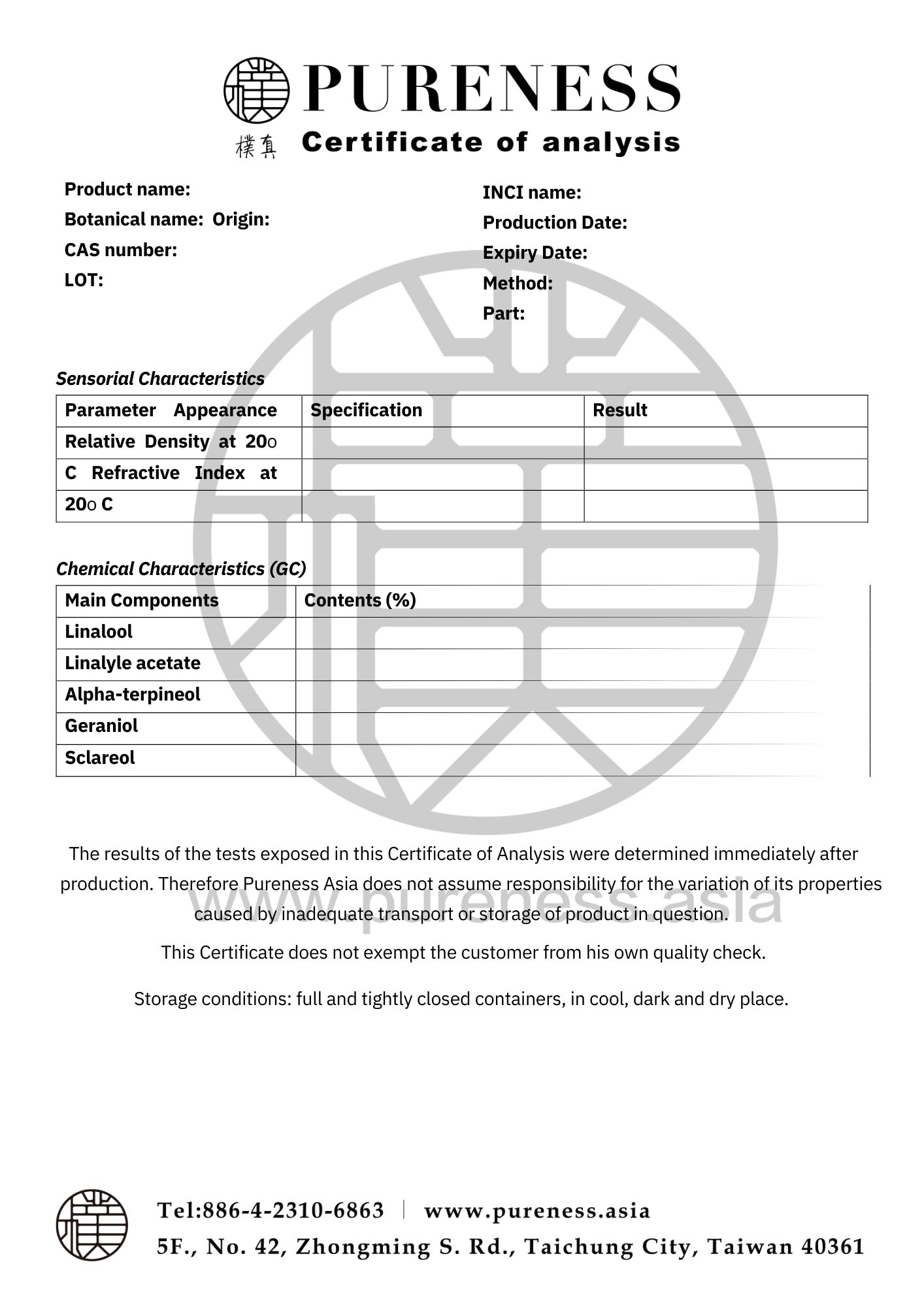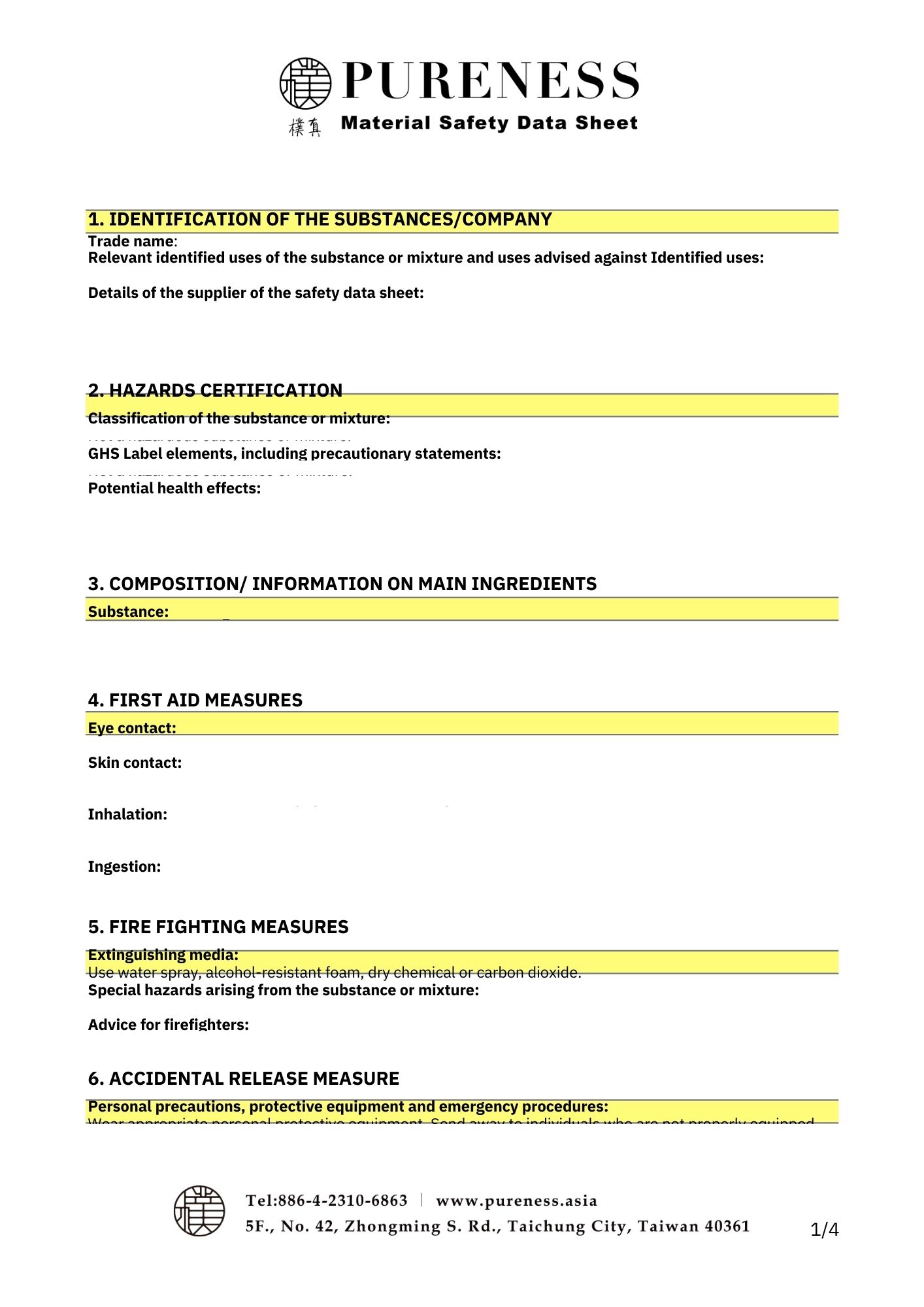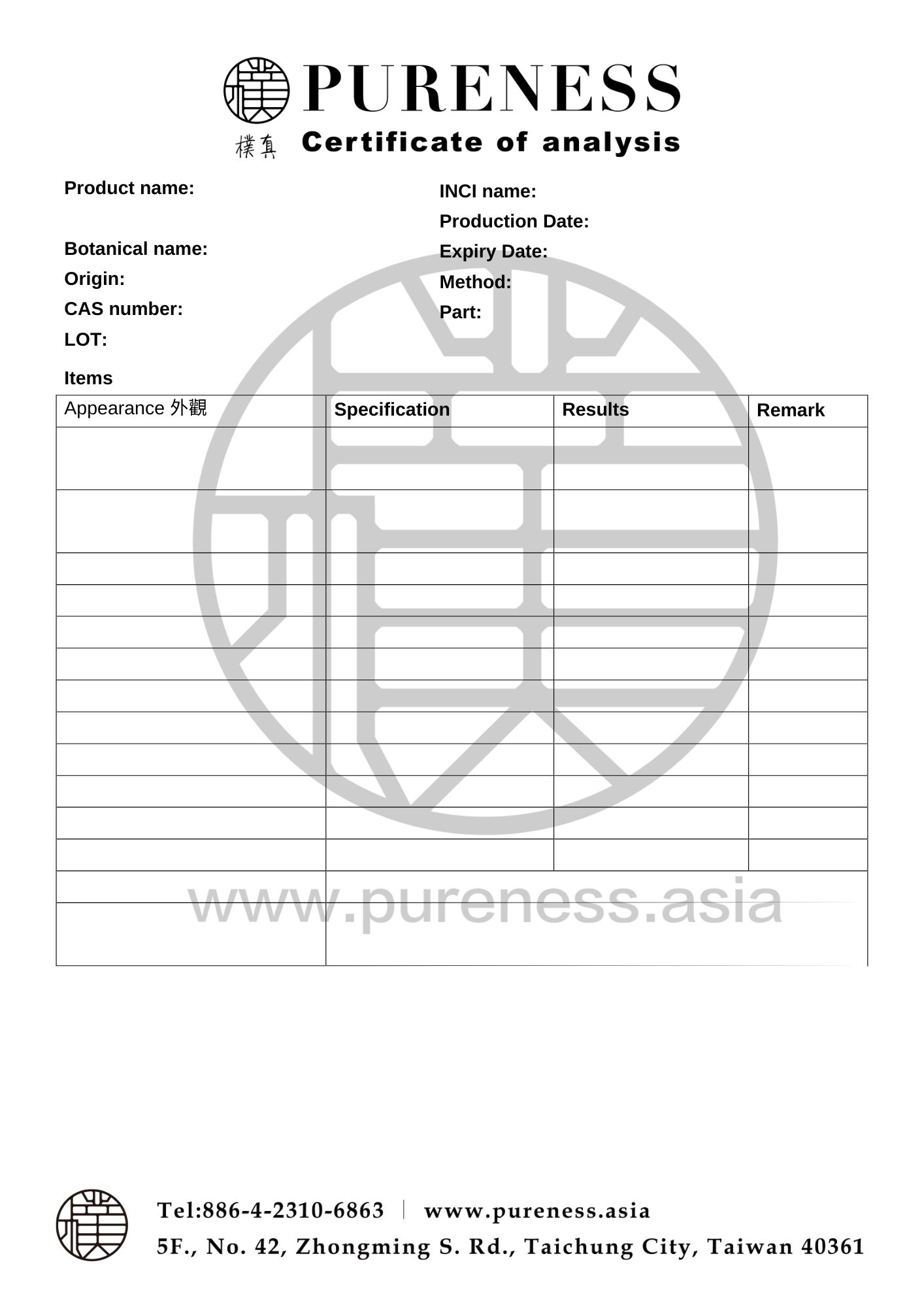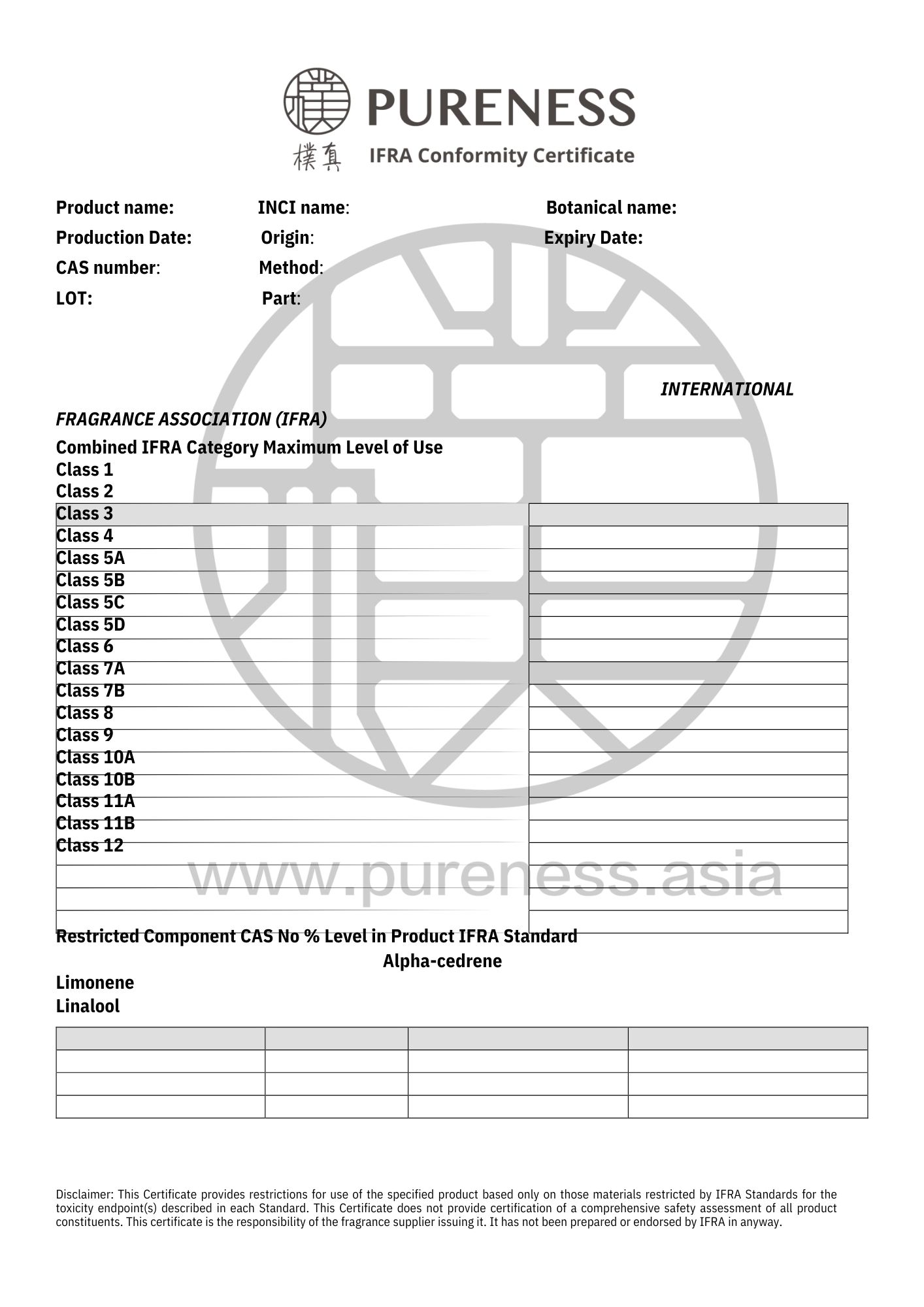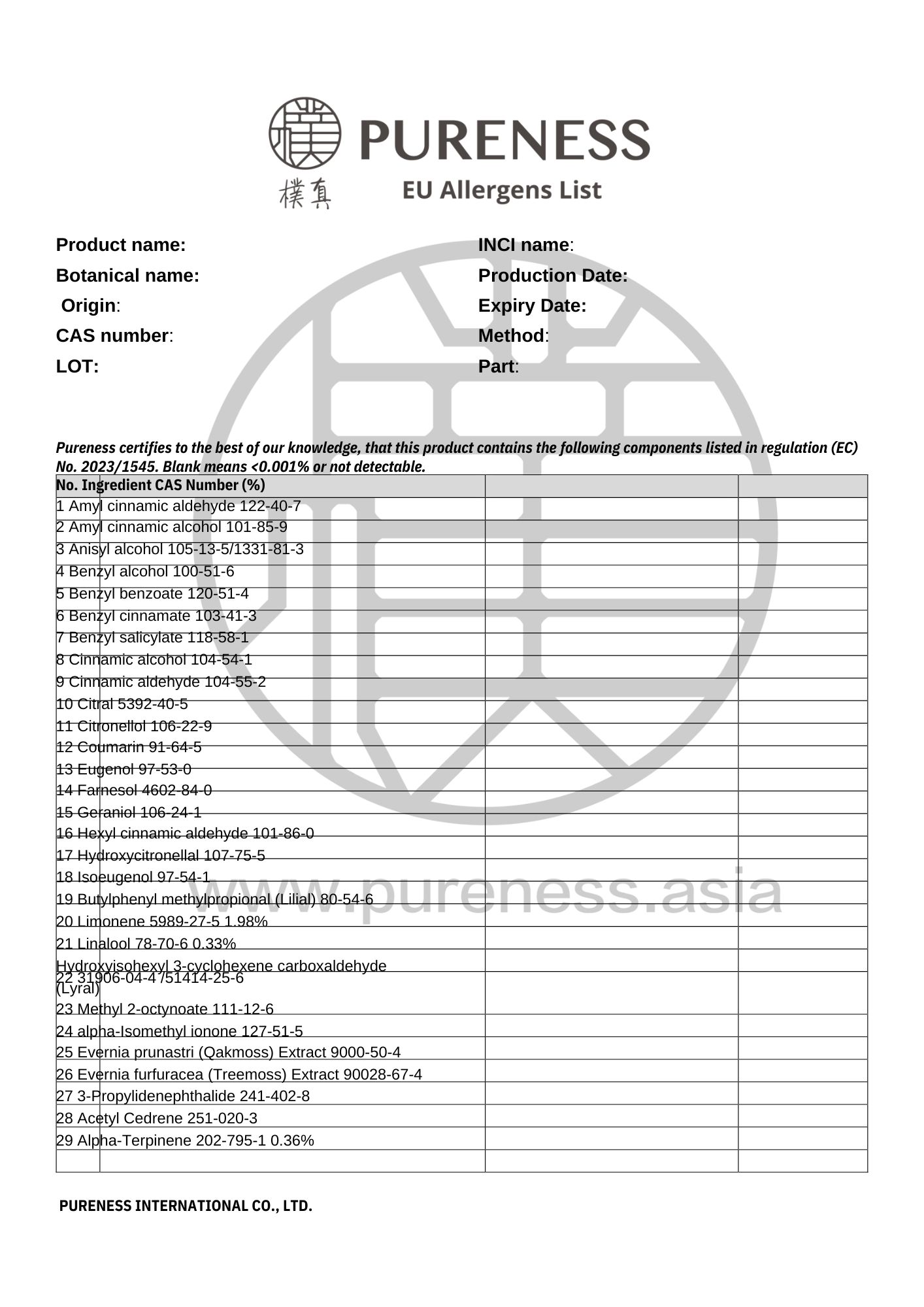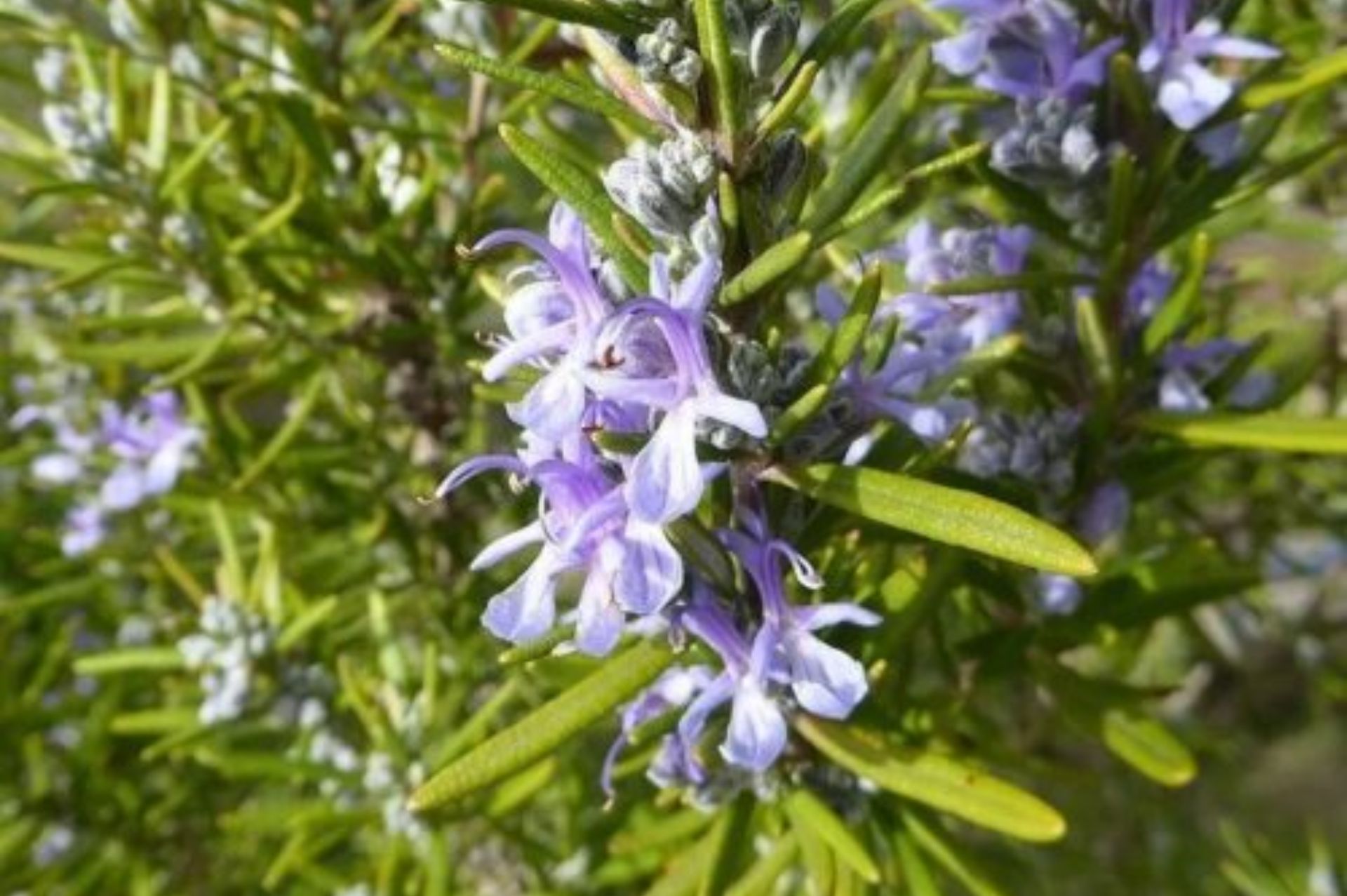
Rosemary cineol
Scientific name|Rosmarinus officinalis
Origin|Morocco
Classification|Herb series
Specifications|500g-25kg Please contact sales for details
Extraction part|Whole plant
Extraction method | Distillation
Plant family|Lamiaceae
Aroma|Fresh grassy scent
▎Essential Oil Introduction
1.8 cineole Rosemary, originating from the region of Morocco, exhibits remarkable vitality due to the harsh climate, dryness, high temperatures, and intense sunlight in the area. Rosemary thrives in sandy, infertile, and arid soils, making it well-suited for the challenging local environment.
Its composition consists of approximately 50% cineole, around 10% camphor, which contributes to the distinctive aroma of cineole Rosemary. Furthermore, 1,8 cineole, it is considered one of the typical and useful essential oils for respiratory symptoms.
▎Component Analysis
|Main Component:Oxides
The main component is 1,8-cineole, along with α-pinene, ß-pinene, and other trace components such as camphor, borneol, and santalol.
|Component 1: 1,8 Cineole
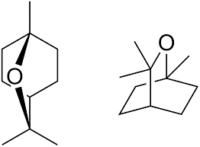
▸ With a high content of up to 50% oxide (1,8-cineole), Rosemary cineol essential oil have been studied in regulating the respiratory system.
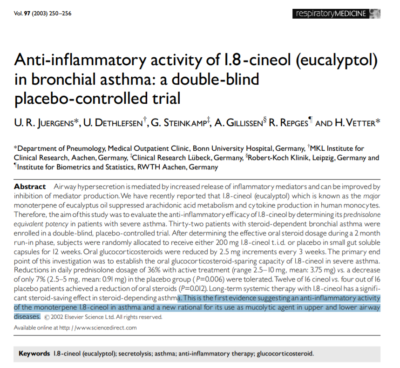
▸ Studies have shown that 1.8 cineole can inhibit the metabolic pathway of arachidonic acid and the cytokine production of human monocytes, thereby regulating by controlling some mediators of the inflammatory response.
|Component 2: Camphor
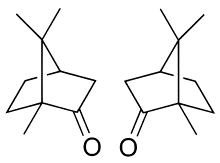
▸ Camphor is a naturally occurring compound.
|Raw Material Certifications
To obtain relevant certification information, please contact us on WhatsApp.
▎References
- Nogueira de Melo GA, Grespan R, Fonseca JP, Farinha TO, Silva EL, Romero AL, Bersani-Amado CA, Cuman RK. Rosmarinus officinalis L. essential oil inhibits in vivo and in vitro leukocyte migration.J Med Food. 2011 Sep;14(9):944-6.
- da Silva Bomfim N, Kohiyama CY, Nakasugi LP, Nerilo SB, Mossini SAG, Romoli JCZ, Graton Mikcha JM, Abreu Filho BA, Machinski M Jr. Antifungal and antiaflatoxigenic activity of rosemary essential oil (Rosmarinus officinalis L.) against Aspergillus flavus.Food Addit Contam Part A Chem Anal Control Expo Risk Assess. 2020 Jan;37(1):153-161.
- Borges RS, Ortiz BLS, Pereira ACM, Keita H, Carvalho JCT.Rosmarinus officinalis essential oil: A review of its phytochemistry, anti-inflammatory activity, and mechanisms of action involved. J Ethnopharmacol. 2019 Jan 30;229:29-45.
- Neves JA, Neves JA, Oliveira RCM. Pharmacological and biotechnological advances with Rosmarinus officinalis L. Expert Opin Ther Pat. 2018 May;28(5):399-413.
- Kenichi Tomi et al. Enantioselective GC–MS analysis of volatile components from rosemary (Rosmarinus officinalis L.) essential oils and hydrosols. Bioscience, Biotechnology, and Biochemistry .Volume 80, 2016 - Issue 5
- Natalia da Silva Bomfim et al. Antifungal Activity and Inhibition of Fumonisin Production by Rosmarinus Officinalis L. Essential Oil in Fusarium Verticillioides (Sacc.) Nirenberg. Food Chem 2015 Jan 1;166:330-6.
- Aleksandar Rašković et al. Analgesic effects of rosemary essential oil and its interactions with codeine and paracetamol in mice.BMC Complementary and Alternative Medicine 14(1):225 · July 2014
- Sfara, V.; Zerba, E. N.; Alzogaray, R. A. Fumigant Insecticidal Activity and Repellent Effect of Five Essential Oils and Seven Monoterpenes on First-Instar Nymphs of Rhodnius prolixus. Journal of Medical Entomology. May 2009, 46 (3): 511–515.
- U R Juergens , U Dethlefsen, G Steinkamp, A Gillissen, R Repges, H Vetter. Anti-inflammatory activity of 1.8-cineol (eucalyptol) in bronchial asthma: a double-blind placebo-controlled trial. Respir Med. 2003 Mar;97(3):250-6.
|Some images sourced from the internet. Contact for copyright removal|
